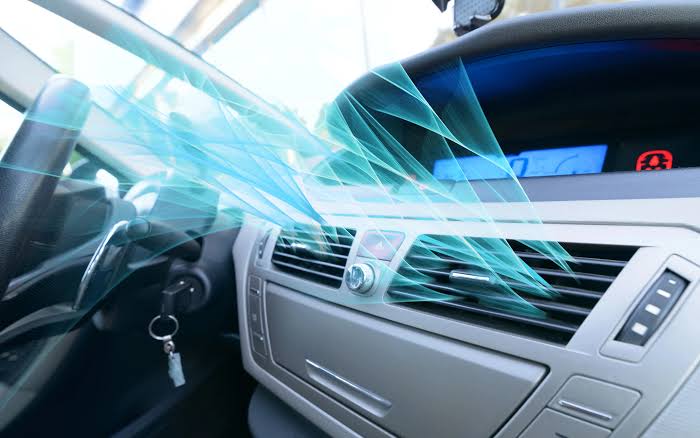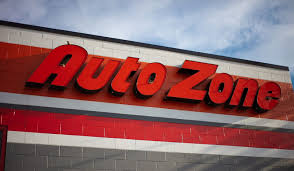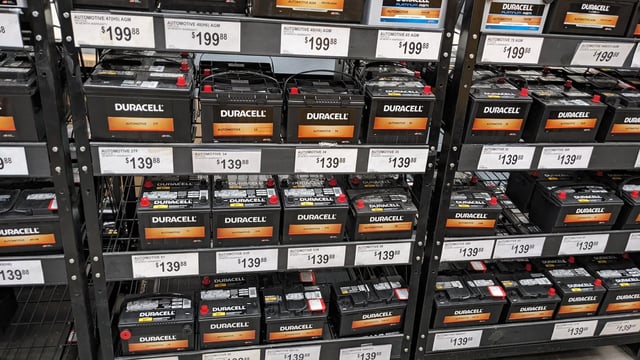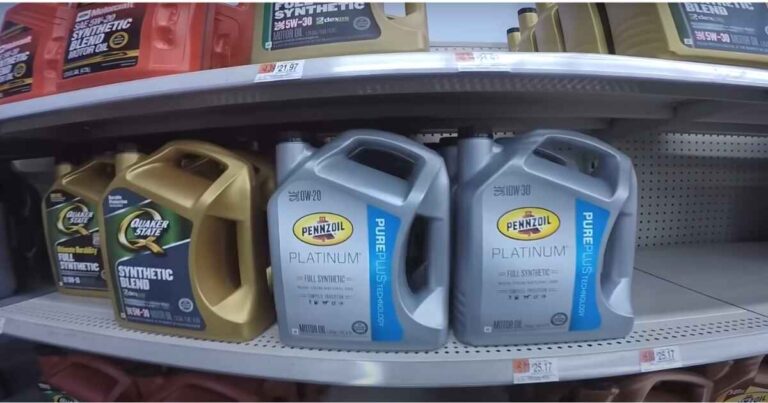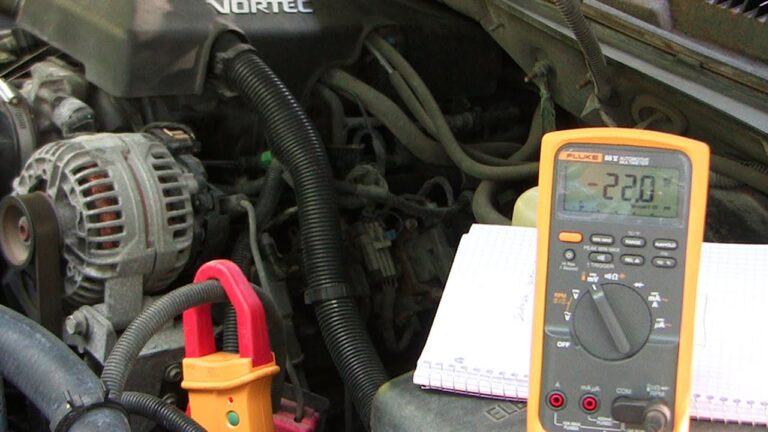Does Antifreeze Go in the Engine Coolant?

Antifreeze and engine coolant are terms often used interchangeably, which can lead to confusion among vehicle owners. Understanding the relationship between antifreeze and coolant is crucial for maintaining your car’s engine and ensuring optimal performance. In this blog, we’ll answer the question: Does antifreeze go in the engine coolant? We’ll also explain how they work together and provide tips for proper maintenance.
What Is Antifreeze?
Antifreeze is a concentrated liquid, usually made from ethylene glycol or propylene glycol, designed to regulate the temperature of your vehicle’s engine. It prevents the coolant system from freezing in extreme cold and overheating in high temperatures.
Key Functions of Antifreeze:
- Prevents Freezing: Lowers the freezing point of the liquid in the cooling system.
- Prevents Overheating: Raises the boiling point of the liquid to handle engine heat.
- Corrosion Protection: Contains additives to prevent rust and corrosion in the cooling system.
What Is Engine Coolant?
Engine coolant is a mixture of antifreeze and water, typically in a 50:50 ratio. The water helps distribute heat, while the antifreeze provides the necessary temperature regulation and protection.
Coolant vs. Antifreeze:
- Antifreeze is the concentrated solution.
- Coolant is the ready-to-use mixture of antifreeze and water.
Does Antifreeze Go in the Engine Coolant?
Yes, antifreeze is a vital component of engine coolant. You can either purchase pre-mixed coolant (antifreeze and water) or mix antifreeze with distilled water yourself to create coolant. It is important to never use pure antifreeze or water alone in your engine, as this can lead to cooling system issues.
Why You Shouldn’t Use Pure Antifreeze:
- Reduced Heat Transfer Efficiency: Water is better at conducting heat, so a mixture is more effective.
- Increased Risk of Corrosion: Pure antifreeze lacks the water necessary to dilute its chemical components, which could lead to damage.
- Overheating Risks: Pure antifreeze has a higher viscosity, reducing its flow and heat transfer capability.
How to Add Antifreeze to Your Coolant System
If your vehicle’s coolant level is low, you may need to add more. Here’s how to do it safely:
Step 1: Check the Owner’s Manual
Refer to your car’s manual to confirm the type of antifreeze or coolant recommended for your vehicle.
Step 2: Inspect the Coolant Level
- Locate the coolant reservoir (usually a translucent tank near the radiator).
- Check the level against the “minimum” and “maximum” markers.
Step 3: Prepare the Mixture
If using concentrated antifreeze, mix it with distilled water in the recommended ratio (typically 50:50).
Step 4: Add the Coolant
- Ensure the engine is cool before opening the radiator cap or reservoir.
- Slowly pour the prepared coolant mixture into the reservoir until it reaches the desired level.
Step 5: Close the Cap and Monitor
Replace the cap securely and monitor the coolant level over the next few days to ensure it remains stable.
Importance of Using the Right Coolant
Using the wrong type of coolant can cause severe damage to your engine and cooling system. Always use the antifreeze or coolant specified in your vehicle’s owner manual.
Types of Coolant:
- Inorganic Additive Technology (IAT): Common in older vehicles, typically green in color.
- Organic Acid Technology (OAT): Found in newer vehicles, often orange, red, or pink.
- Hybrid Organic Acid Technology (HOAT): A mix of IAT and OAT, usually yellow or turquoise.
Signs You Need to Replace Your Coolant
Coolant doesn’t last forever. Over time, its protective properties degrade, which can lead to engine issues. Here are some signs you may need a coolant change:
- Low Coolant Levels: Frequent refilling may indicate a leak.
- Discolored Coolant: Brown or rust-colored coolant suggests contamination.
- Overheating Engine: Insufficient or ineffective coolant can’t regulate engine temperature.
- Sweet Smell: A leaking coolant system may produce a sweet odor.
How Often Should You Change Your Coolant?
Most manufacturers recommend changing your coolant every 30,000 to 50,000 miles or every 2–5 years, depending on the type of antifreeze used. Always consult your vehicle’s manual for specific recommendations.
Frequently Asked Questions (FAQs)
1. Can I Mix Different Coolants?
It’s not recommended to mix different types of coolants, as their chemical compositions may not be compatible. This could lead to reduced performance or damage to the cooling system.
2. What Happens If I Use Water Instead of Coolant?
Using only water reduces the effectiveness of the cooling system and increases the risk of freezing or overheating.
3. Can I Add Antifreeze to Coolant Directly?
Yes, if your coolant level is low, you can add antifreeze directly. However, ensure the overall mixture maintains the correct ratio of antifreeze to water.
4. What Should I Do If My Coolant Is Leaking?
A coolant leak should be addressed immediately. Take your vehicle to a professional mechanic to diagnose and repair the issue.
5. Can I Use Tap Water with Antifreeze?
It’s better to use distilled water, as tap water contains minerals that can cause buildup or corrosion in the cooling system.
Conclusion
So, does antifreeze go in the engine coolant? The answer is a resounding yes! Antifreeze is an essential component of engine coolant, providing temperature regulation and corrosion protection. To keep your vehicle running smoothly, always maintain the correct coolant levels, use the recommended type, and replace it as needed.
By understanding the role of antifreeze in your car’s cooling system, you can avoid engine damage and ensure a safer driving experience. Make coolant checks a regular part of your vehicle maintenance routine!
Also Check:
• Does It Matter What Color Antifreeze You Use?
